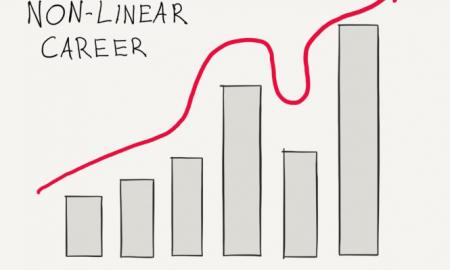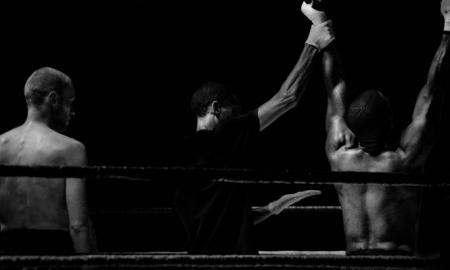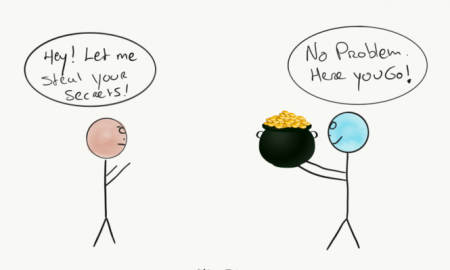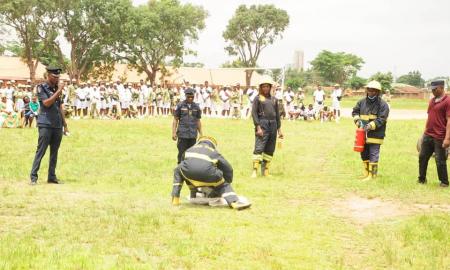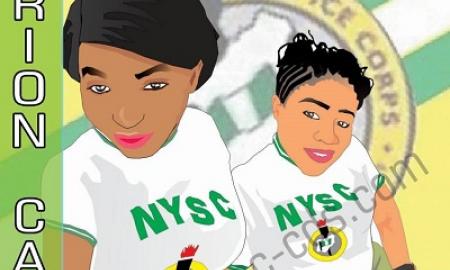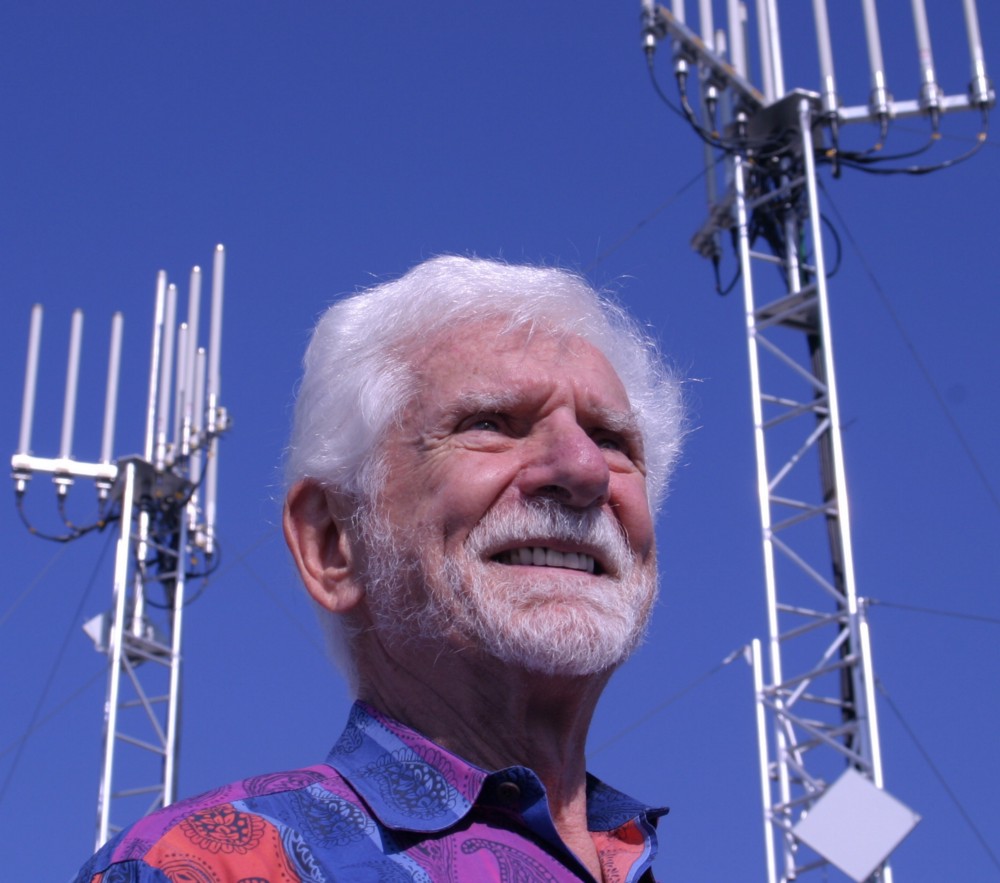
Interview with Marty Cooper, pioneer of the cell phone.
“I am, arguably, the first example of mobile Mad Men. In the 1970s, the consensus was that anyone who believed that personal handheld phones would one day replace wired phones was certifiably insane. For almost 100 years, not a single person had challenged Alexander Graham Bell’s invention of the wire-line telephone.
As late as 1982 — even after Motorola and AT&T demonstrated cellular technology in two large-scale trials in Washington D.C. and Chicago — market analysts displayed their de rigeur lack of insight by predicting that the cellphone market would be not only small, but also would consist exclusively of car phones. The idea that a handheld cellular phone was more convenient, in fact, an entirely different product, just didn’t resonate with them. In the 1970s, I had proclaimed, “If Marconi had invented radio before Bell invented the telephone, the wired phone would have never happened.” [If there had been a doubt about my insanity, this statement removed it — I confess to exaggeration; the technology that made handhelds practical for consumers didn’t arrive until the late 1980s.]
My introduction of the handheld mobile phone was not the first, or the last, of my “mad” concepts. In the 1950s, I presented a design for a digital aircraft-traffic device that used more than 1,000 transistors. When I told an audience that the cost of these tiny transistors would fall by 10 times in a few years, they laughed. And yet, the billion transistors in today’s smartphones have since fallen a million times in price from those 1959 transistors.
In 1960, my team built a radio receiver that would work in a car using frequencies of around 1000 MHz. At the same time, top engineering executives from my company were testifying to U.S. regulators that “frequencies over 500 MHz would never be useful for 2-way radio communications.”
In 1970, my business produced most of the world’s quartz crystals used as the timekeeping heart of quartz watches. When I told my colleagues that in the near future, if one asked for the time at the dinner table, the answers would all be within a minute of each other, the skepticism was palpable. And yet, thanks to mobile phones, most people in the world now know the time to an accuracy of a tiny fraction of a second.
There were many other mad concepts, each eliciting the same kind of eye-rolling skepticism. But they all share the attributes of most entrepreneurs and inventors. They are passionate about their products, they are driven and they are persistent. They have to be. For every success, there are dozens of failures. The tortuous and lengthy process of financing a start-up can involve angel investors, venture capitalists, and big companies seeking new markets. It is a myth that such financial backers are adventurous. They only invest in start-ups they believe to be a sure thing. The entrepreneur is therefore forced to devote much of their energy to jumping through a myriad of hoops that potential investors require.
Above all, mobile pioneers are courageous. They simply do not accept the possibility of failure. The founder of Motorola, Paul Galvin, inspired me when I joined that company in 1954 with the advice, “Reach out! Do not fear failure.” An inventor will not only tolerate danger, they will seek it out — just as a champion skier or race driver pushes the envelope of performance with no regard for personal safety.
The mobile industry includes “Mad Women” too, of course, as well as Mad Men. And I know Danielle is saving them up for her next book [Editor: Female Innovators at Work available for pre-order now). The most obvious candidate is Arlene Harris who is known as “The First Lady of Wireless” and who, incidentally, is my wife. Arlene is the embodiment of the inventor-entrepreneur-genius who blazes her own trail to bold success.
Despite its enormous influence, the mobile industry is still in its infancy. We are only now beginning to understand the potential power inherent in broadband connections to each individual through a personal and mobile device, be that a phone or another tool. The concept of the inverted classroom is revolutionizing education. My grandchildren are being educated in the real world while they go to school simply to garner personalized attention from their teachers. The ubiquitous Web is their main classroom. Meanwhile, wireless medicine promises to sense the inception of illness in our bodies before disease has a chance to strike. Social networking is edging its way into the enterprise; making our institutions more effective and robust. But none of these individual mobile revolutions will happen without Mad Men and Women. Their crazy sparks of genius and fearlessness will be the agents of change.”
There is more future opportunity in this field than in any other of which I am aware.
Newnham: How did you come up with the idea and what did your peers think about it?
Cooper: The idea for the first handheld mobile phone arose from an understanding that people are inherently mobile and that car telephones do not, in any way, fulfill the need for mobile communications. And yet, AT&T proposed to create a car telephone system that was a continuation of their monopoly. Their projections were, correctly, that a few million people in the U.S. would use such a service. I was convinced that some day, we would all have personal communicators and that a monopoly was simply wrong and not in the public interest, especially since the radio channels that are used to deliver mobile service belong to the public.
AT&T, the Bell System, hated it. My co-workers were suspicious but eventually came around. But the people who were going to become the ultimate users were enthusiastic. Nobody, I mean nobody, agreed with me that mobile service would be a consumer industry. I gave speeches and delivered papers between 1969 and the early 2000’s that predicted this. for example, in 1992 penetration in the U.S. was 4%. I predicted that it would be 50% within ten years, and it was.
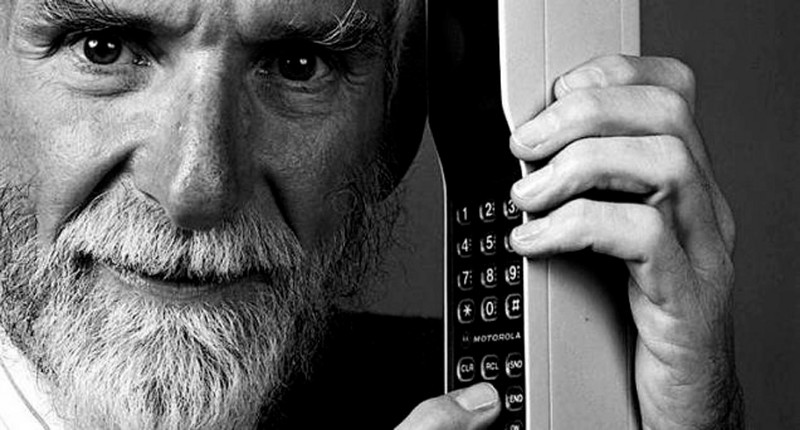
Newnham: What it was it like to make the first call from it and who did you call?
Cooper: I called the head of AT&T’s mobile program. He actually, to my surprise, answered the phone. Fortunately, there was a reporter present and the New York Times published an article on April 4, 1973, a day later than the call, that mentioned it. The reaction of the press and of people on the street was amazing; they couldn’t believe we could make calls to people thousands of mile away from a handheld device.
AT&T thought it was a publicity stunt, which it was, but they could not accept, and still can’t, that personal portable phones represent an entirely different service and market from car telephones. Even though most of the mobile phones sold at the onset of service in the U.S. in 1982 were car phones, the total car phones ever sold was only a few million.
Newnham: What do you think of smartphones today and how far they have come?
Cooper: They represent wonderful science but have a long way to go before their full potential is realized. They must become easier to use, cheaper (including cheaper service), and they have to address REAL problems like education, health care, and productivity. All this is happening now but we are only at the beginning.
The engineers and entrepreneurs who are building the applications and ancillary devices that make cell phones more useful are essential to fulfilling the dream of a world where everyone benefits from the full potential of personal connectivity. There is more future opportunity in this field than in any other of which I am aware.
In 2011, Danielle Newnham reached out to Marty and asked if he would do the honor of writing the foreword for her first book, Mad Men of Mobile. Thankfully, he agreed and what follows is part of the great story he was kind enough to share with me.
Source: Medium.com

